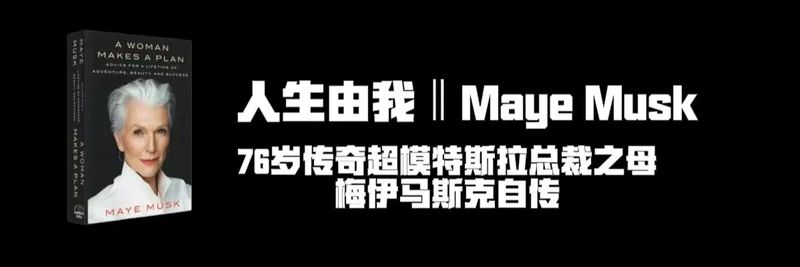In the fast-paced world of crypto, where fortunes can flip in a heartbeat, a recent tweet from Galois Capital has folks buzzing. Kevin from Galois Capital dropped a cryptic yet pointed message: "Keep an eye on the DATs. We will see who was swimming naked." If you're scratching your head, don't worry—let's break this down step by step.
First off, what's a DAT? It stands for Digital Asset Treasury. Think of it as a company or entity that stockpiles crypto assets, much like MicroStrategy (MSTR) does with Bitcoin. These treasuries raise capital through stocks, bonds, or other means to buy and hold digital assets, betting on their long-term growth. It's a way for traditional investors to get crypto exposure without directly holding the coins themselves. But here's the catch: when the market dips, the real strength—or weakness—of these setups gets exposed.
The phrase "swimming naked" is a classic Warren Buffett line. It means that when the tide goes out (like in a market downturn), you find out who's been taking too many risks without proper cover. In crypto terms, it could point to DATs that are overleveraged, poorly managed, or simply not as solid as they seem. With Bitcoin recently wicking from $122K to $100K in hours, as mentioned in one of the replies, the pressure is on.
Why DATs Matter in Today's Crypto Landscape
DATs have exploded in popularity because they bridge the gap between TradFi (traditional finance) and crypto. For instance, a DAT might issue convertible bonds to buy more Bitcoin or other assets, creating a feedback loop that pumps up prices during bull runs. But as Galois points out in earlier threads, the mechanics aren't simple. There's something called mNAV—market Net Asset Value—which measures how the treasury's stock price compares to the value of its underlying crypto holdings.
If mNAV drops too low, say to 0.5, managers face a tough choice: sell some crypto to buy back stock and boost the value, or hold and risk further losses. This turns into a prisoner's dilemma among multiple DATs holding the same asset. Sell first, and you might profit while others suffer; but if everyone sells, the whole market tanks. Galois emphasizes that fewer, larger DATs (like MSTR for BTC) are more stable than a bunch of smaller ones competing.
In a reply to the tweet, someone asked if the cycle is over. Another mentioned sharp reversals hitting all at once, with "DAT prints" calling the bluff—likely referring to how these treasuries' actions reveal the market's true state. Even questions about specific assets like XRP popped up, showing how this warning ripples across the ecosystem.
Tying DATs to Meme Tokens and Broader Blockchain Trends
At Meme Insider, we focus on meme tokens, but DATs are relevant here too. Many meme projects dream of building treasuries to stabilize their value or fund growth. Imagine a meme coin community pooling funds into a DAT-like structure to hold ETH or SOL—it's a step toward maturity. However, as Galois warns, without smart management, these could unravel fast in a downturn, turning hype into heartbreak.
Looking broader, DATs could fuel credit expansion in crypto. Galois mentions how post-2022 crises (like 3AC and FTX), lending dried up, making the last bull run feel "cynical and muted." If DATs evolve into lending desks, they could reignite growth by enabling longs (bets on rising prices) rather than just shorts.
But risks abound. Leveraged DATs could trigger cascades if margins get called. Locked assets (like vested tokens) add complexity, as selling them isn't straightforward. And if a foundation vetoes sales, mNAV can plummet before action is taken.
What This Means for Investors and Traders
If you're in crypto, this tweet is a wake-up call. Monitor DATs closely—check their mNAV, leverage levels, and manager backgrounds. Crypto-native teams might hold longer to keep the party going, while TradFi pros could sell early to lock in gains.
For meme token enthusiasts, consider how similar dynamics play out in smaller scales. Projects with treasury mechanisms (like DAO funds) face the same incentives. A healthy unwind, as Galois suggests in prior posts, could clear out the weak hands and set up for the next upswing.
Want more insights? Check out Galois Capital's full thread on DAT mechanics here for a deep dive. And stay tuned to Meme Insider for the latest on how these trends impact meme coins and blockchain innovation.
In the end, crypto's all about navigating volatility. Galois's warning reminds us: in this ocean, always wear your floaties—or at least know who's not.




